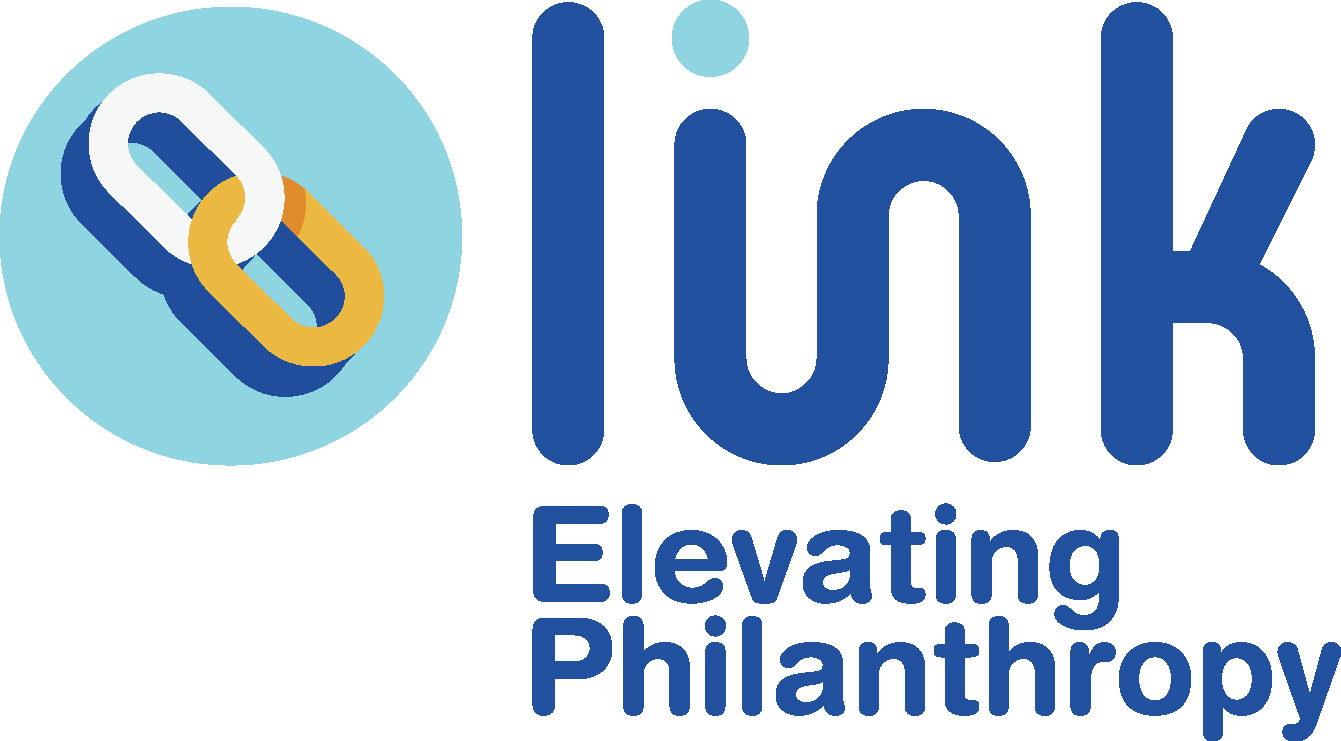Believing These 3 Legacy Giving Myths Will Keep You From Raising Money
There are lots of myths around planned giving fundraising. Some are held by lay leadership, some by management and some by the staff that run the development end of the organization (whether that is a fundraising professional or someone on staff designated to raise money – usually along with many other responsibilities).
And there may be some truth to some of them. I’ll get to those when I go through the following myths. However, keep in mind these myths are just limiting beliefs that evolved when you don’t have enough information and resources, and a dose of a little fear of the unknown.
Let’s dig in (because I don’t want these myths holding you back any longer than necessary!)
Legacy Giving programs are too expensive
As I explained in my previous blog post planned giving programs – and successful ones at that – are not dependent on huge amounts of resources allocated to it. In fact, having fewer resources means you can be more targeted in your approach and have those deep and meaningful conversations with your donors that prompt legacy gifts. These conversations are the gold standard in legacy giving fundraising and cost just about nothing (you may need a small budget for coffee or lunches with donors, but my guess is that you have that already). Larger budgets can be spent on more staff and more marketing, but that is not necessary to start you off and to be successful. So, without the funds to spend on marketing, surveys, and fancy brochures, you are able to do what truly produces significant gifts – face-to-face conversations.
Legacy Giving programs are too complicated
When people say this, it is usually one of two things – they are either thinking about the “how to incorporate legacy giving into an existing development program” or thinking about the “actual gift vehicles.” True – planned giving is more complicated than asking for an annual gift. There are complex assets, lawyers, and financial advisors, family, estate planning, etc. But let’s keep it simple. What every organization can (and should) build is a bequest program and endowment program. These are not complicated to do.
First, why bequests? Most planned gifts come to charitable organizations as bequests, which are gifts that a donor leaves in their will to be transferred after they die. The creation of this gift and the ultimate administration of the bequest is done on the part of the donor and his/her representatives and attorneys. The charitable organization doesn’t need to do a whole lot. The main responsibility is to cultivate your donors and solicit this future gift, steward the donor and recognize the gift; and you are probably doing that already with an existing stewardship program (if not, create one!)
Endowment gifts are fairly straightforward. In fact, I think most people understand the concept of endowment gifts or have at least heard of them and are familiar with the phrase. That is a good starting point. Essentially, an endowment is a pool of assets that are maintained and invested for perpetuity in which a set amount or spending rate (a percentage set by the board) is taken off each year to support a particular purpose. It can be for operating expenses, programs, staff positions… (you know when a chairperson of a department of a university is the “Lori Kranczer Chair of Economics?” (hey, I like the sound of that!) – that staff position is most likely supported by an endowment gift.
An endowment is essential to an organization’s future viability since the idea is that the assets, invested well, will grow over time, and the spending percentage will also yield larger and larger amounts as the pool of funds increase in value. Endowments will support the organization in the future, and in my opinion, absolutely necessary to maintain. You may even already have an endowment set up. Ask your finance director if you don’t know already.
You won’t receive a gift until far into the future
This myth happens when people think these gifts will not be realized for 20 + years. It can be hard to convince a board to allocate staff time or resources to cultivate and solicit gifts that you may not see for a loooong time. I come bearing good news – many gifts are made as an endowment (see above) when the gift is given NOW and can start to be used immediately. There are also gifts such as the immediate transfer of tangible assets such as art or jewelry, paid-up insurance policies and gifts from IRA rollover and donor-advised funds.
There are also gifts that the transfer occurs currently but the organization receives the remainder to be used later, such as charitable gift annuities and charitable remainder trusts. Even though the remainder gift may not be used for many years, these gifts are usually irrevocable (meaning, the gift is locked in and the donor can’t change it).
Are you convinced? Can you see how holding on to these mindsets can hold you back? Share this post with all the naysayers – believing in these myths will hold you back from achieving your goals, growing your professional skills and propelling yourself to nonprofit superstar status.
Join our free closed Facebook group for peer-to-peer interaction with a community of nonprofit professionals sharing legacy ideas, questions, and successes.
www.facebook.com/groups/everydaypg


